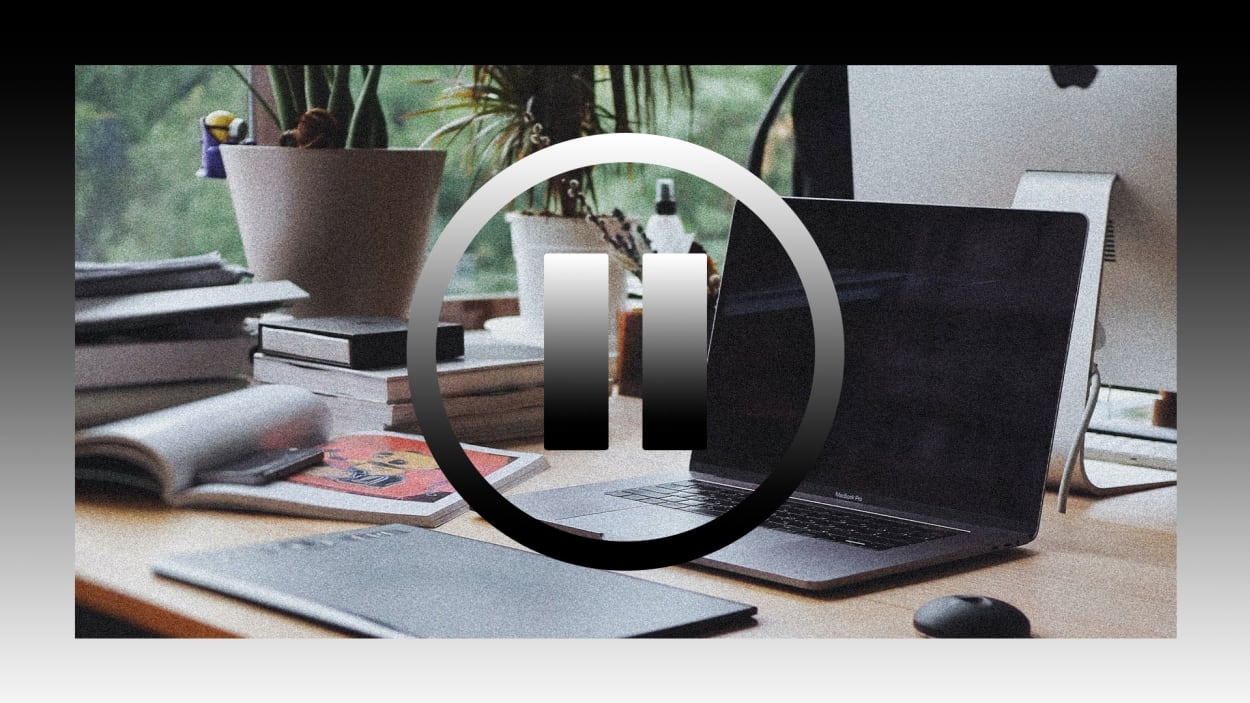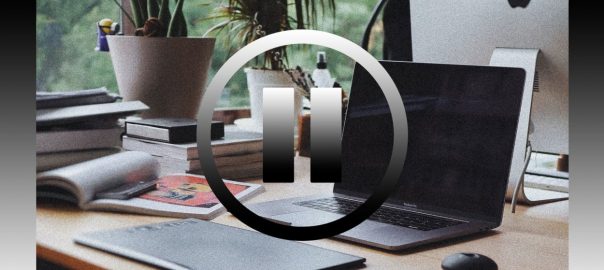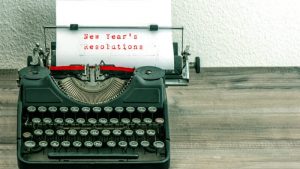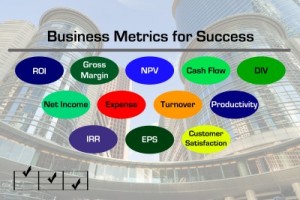By Abby Falik
When was the last time you paused? When was the last time you deliberately created space between waking up and immediately reaching for the phone, or feeling hurt and instantly reacting with anger, or leaving a job and leapfrogging into the next?
If you’re a human in the modern world, your answer is maybe, “Never.”
Our culture encourages constant motion. From a young age, we learn to quickly move from one activity to the next. We fear and avoid liminal spaces—filling every last minute with scrolling and microtasking. But sprinting from one thing to the next can leave us feeling overwhelmed.
I am as guilty of this as anyone. As an entrepreneur, I move headlong toward every goal, and I always feel like my work is never done. To cope with our “always on” culture, I have learned to take small pauses. For me, this includes meditating each morning, taking a “digital sabbath” each week, and going on a silent retreat each year.
But earlier this year, I took a bigger pause than I ever had before. In my role as founder and CEO of Global Citizen Year, I’d helped thousands of emerging leaders take gap years after high school. As I contemplated the parallels between their transitions and mine, I realized it was time to take my own advice.
In May, I announced that I’d be taking a monthslong sabbatical to reflect, rest, and dream. The prospect of months of unstructured time was a daunting privilege, but the experience ultimately reenforced my belief in the power of pausing.
Here’s what I learned about how to best take a sabbatical:

Define your questions
The first thing you should do when starting a sabbatical (or any transition) is determine what you want to learn and get out of the experience. Defining what questions you most want to answer can help you create the scaffolding for your experience. These questions can also serve as a compass to orient your time and attention.
There are a few ways to frame these questions. One is to think about your past, your present, and your future. These are the questions I asked myself shortly after beginning my sabbatical:
- What did I learn from building Global Citizen Year?
- Who am I now, and what are my deepest desires?
- What work am I being called to next?
Another approach is to articulate an “internal” and an “external” question for ourselves. The inner question forces us to think about who we are:
- What brings me joy?
- Who am I when no one is watching?
- What gets me out of bed when there’s no alarm clock?
And the external question focuses on the world and your relationship to it:
- Where are the unmet needs in my neighborhood or community?
- What opportunities light me up and feed my soul?
- What issues break my heart and won’t let me look away?
Once you know what you’re trying to learn, you can figure out who will help you gather the insight you’re seeking. Finding our real teachers often means moving beyond our associations with the term. These people don’t need to be older, wiser, or traditionally successful. The task is to find people who will tell you what you need to hear (not just what you want to hear) and help you see yourself more clearly.
Get uncomfortable
It is tempting to stay in our comfort zone, particularly if other parts of our lives are in flux. The problem is we don’t learn when we’re comfortable, we learn when we’re stretched. Leaving our comfort zone can feel terrifying, but it’s an essential step toward growth.
During my sabbatical, I nudged myself to do things that disoriented me. I picked up a guitar for the first time and struggled through the awkwardness of learning basic chords. I pulled old clothes from the depths of my closet and noticed how it felt to wear things that no longer felt like “me.” Toward the end of the summer, I spent a week in Sicily traveling with no agenda beyond spending time with myself. I followed my own rhythms and preferences, observing my own choices when no one was watching.
Being in an unfamiliar context doesn’t require traveling halfway around the world; changing your running route or exploring a new neighborhood can be enough to heighten your awareness and freshen your attention. The goal is to knock yourself out of your rote routine in order to see your instincts, patterns, and preferences anew.
Reflect rigorously
An essential part of finding power in the pause is creating practices that help us deepen our relationship with ourselves.
One form of reflection that I’ve found profoundly impactful is a daily writing practice. I’d always been curious about “morning pages,” a practice first outlined in Juila Cameron’s The Artist’s Way. During my sabbatical, I committed to writing three stream-of-consciousness pages by hand right after waking up. I would often pick up the pen and wonder whether I had anything to say. Then, three pages later, I’d realize I was just getting started clearing the debris from my mind. Some days I followed Elizabeth Gilbert’s beautiful advice to write myself a letter from love, an exercise which helped me feel seen even when I was alone.
There are countless ways to reflect—whether it’s meditation, writing letters to your future self, or keeping voice memos on your phone. And since what we do every day matters more than what we do once in a while, the key is to not set the bar too high. You need practices that are easy to commit to and to check in regularly with the only one who truly holds you accountable: yourself.
Unplug and leave room for spontaneity
The term “sabbatical” often has rarified associations; we think of tenured professors at fancy universities, or folks with big salaries and cushy benefits. And while pausing work by choice may feel unrealistic to many of us, a pause doesn’t need to be long or expensive to be powerful.
The process I outlined can be applied in so many contexts: a day-trip to the redwoods, a weeklong staycation, a monthlong road trip, or a year in a foreign country. Even unplugging from technology for a few hours can have huge benefits.
It is crucial to make sure your pause isn’t so packed or structured that it’s just another form of busy-ness. The most powerful transitions have the right amount of structure but leave room for spontaneity and discovery.
As I say to my students, and to myself, it takes courage to let go of one monkey bar to swing for the next. But suspended in the air—between past and future, what’s known and what’s still to be written—everything is possible.
It’s rare that the world gives us space to pause. But ultimately, we need to give ourselves permission. Because taking time to understand who we are and who we’re becoming isn’t selfish. It’s the most important thing we can do to figure out how we’ll spend our one wild and precious life, and to get to work doing it.
Abby Falik is an entrepreneur and the founder of Global Citizen Year. She is an expert on social innovation and education and currently serves as an Entrepreneur in Residence at the Emerson Collective. Follow her on Linkedin and Twitter.
(41)
Report Post





